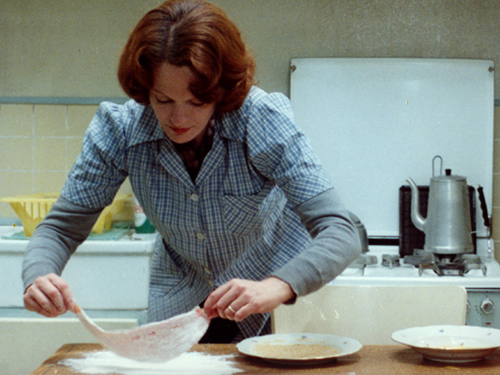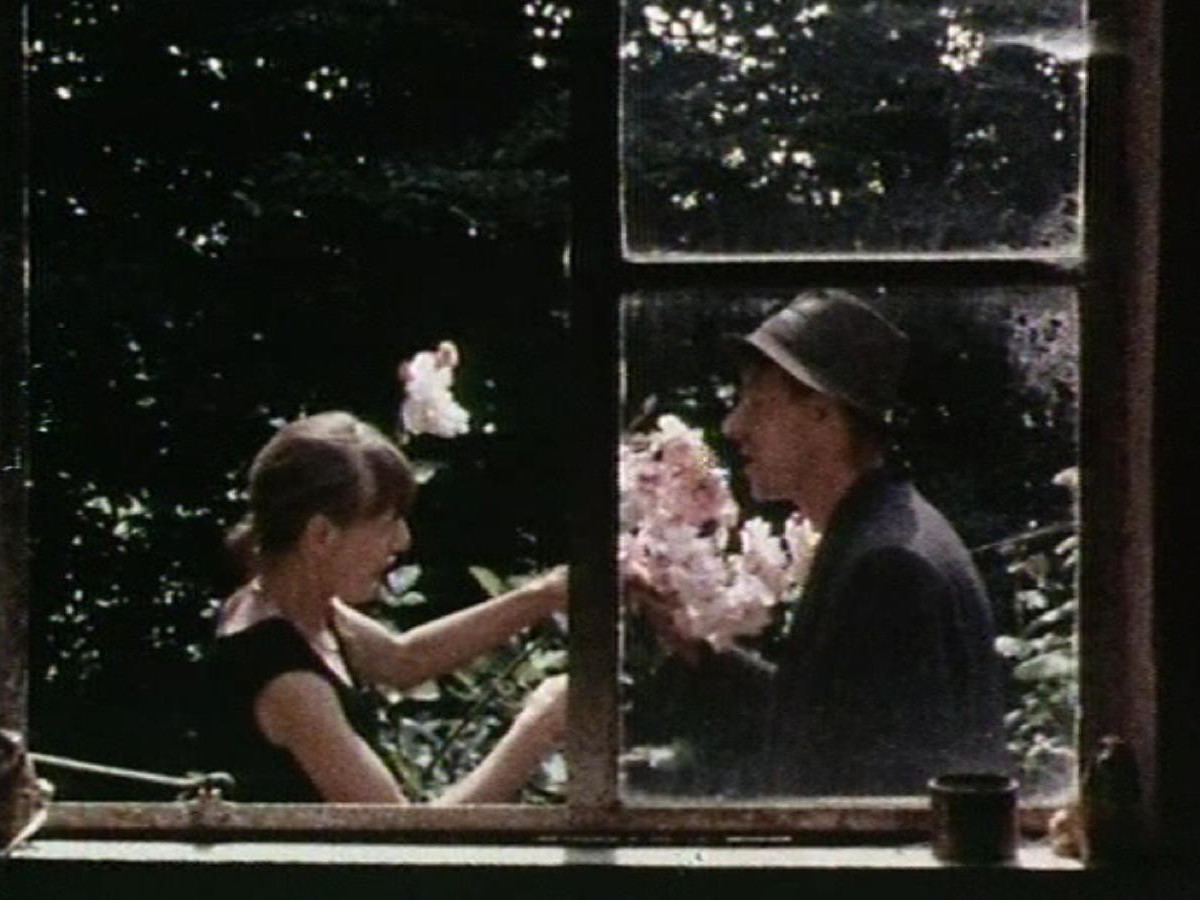Week 11/2024
In Equinox Flower (1958) by Yasujiro Ozu, the composition of a familial home is turned upside down when a father decides to arrange his daughter’s marriage. In Ozu’s films, the Japanese home with its sliding doors becomes the narrative space that can be delicately stirred by opening a vantage point or turning the gaze away, for instance, to the window.
In Jeanne Dielman, 23, quai du Commerce, 1080 Bruxelles, the walls are solid and the windows show no sky. Jeanne Dielman fervently occupies herself with household chores, allowing no alteration of daily habits. Slowly, however, reality starts to resist: a shoe brush hits the floor. Ingrained gestures become corrupted. Chantal Akerman said in an interview: “Change is fear, change is opening the jail.”
In Stéphane Symons’s essay ‘Twee keer Ozu’ (‘Twice Ozu’), he quotes the Japanese culture critic Hasumi Shiguéhiko talking about “the threat of the destruction of the harmony of the whole” that is central to Ozu's cinema. This destabilization has everything to do with what Hasumi calls “meaningful details” that often “contradict the narrative structure”. Such details, gestures or events “pause the narrative flow” and constitute a “digression in the relationship with the intrigue”: they are “gaps.” In a new Dutch-language text on Sabzian, Dries Van Landuyt evokes how Jeanne Dielman has changed his way of looking at an ordinary plate in his hands: “Een krachtveld, een leegte die het bord samenhield, schemerde door de ogenschijnlijke massiviteit van het aardewerk heen. (A force field, a void that held the plate together, shimmered through the apparent solidity of the crockery.)”
The Moon and the Sledgehammer is a world apart from the interiors of the previous films. Philip Trevelyan made a cult documentary about a family that resisted modernity and remained in their forest south of London. Radically rejecting the prevailing curse of “push-button machinery” and the rigidity of the family home, they chose a shed in the ultimate messy constellation.




